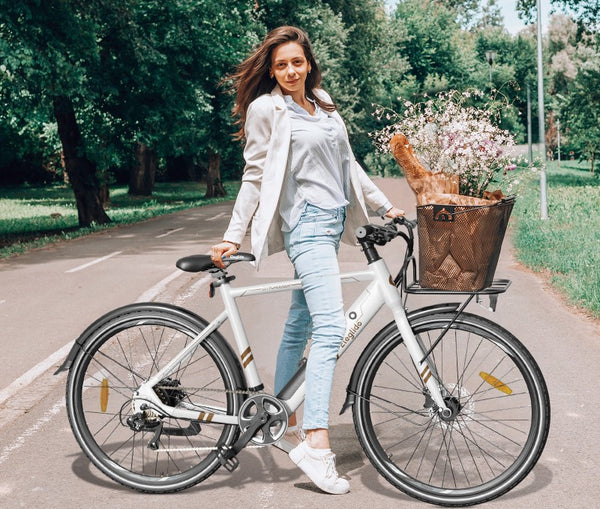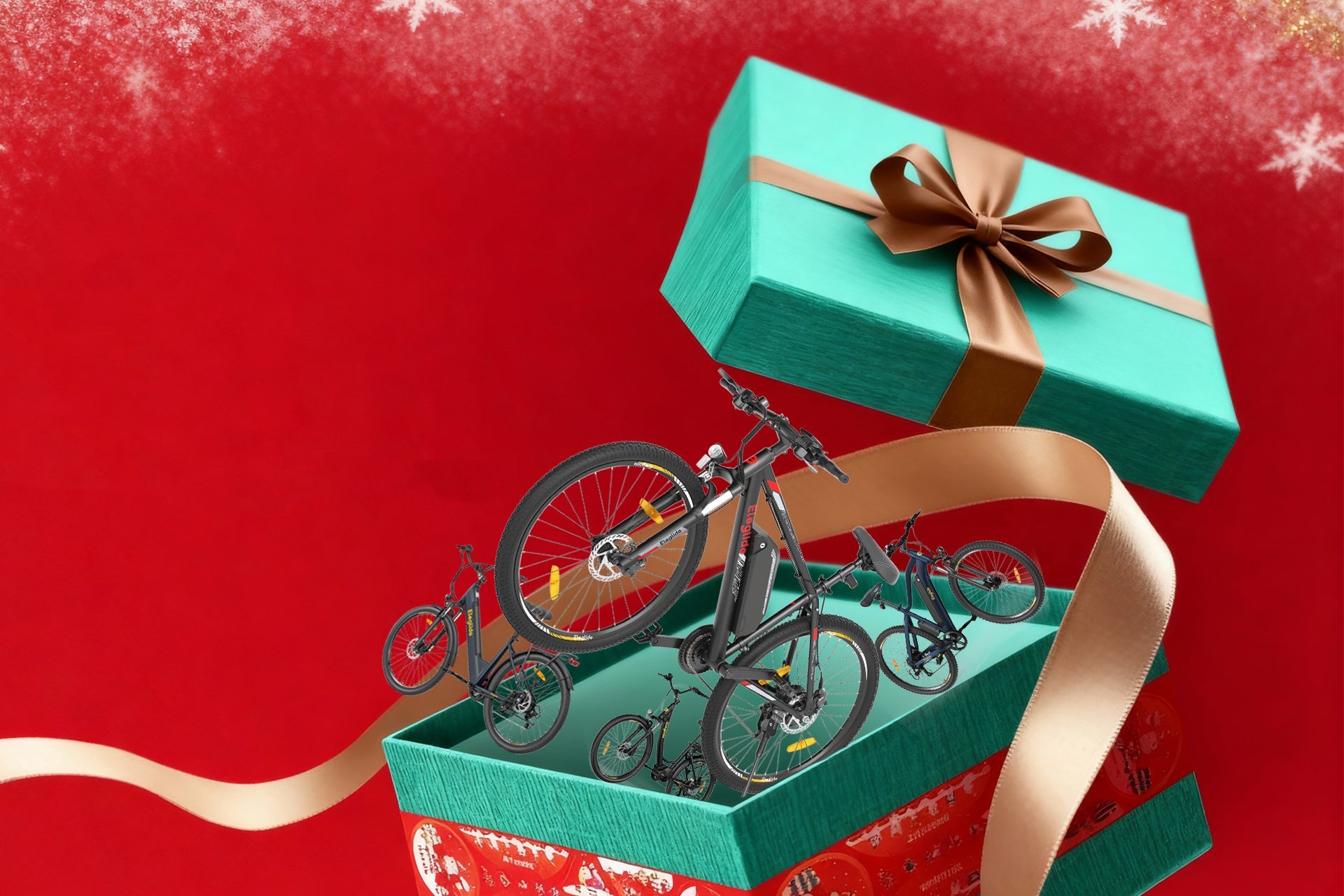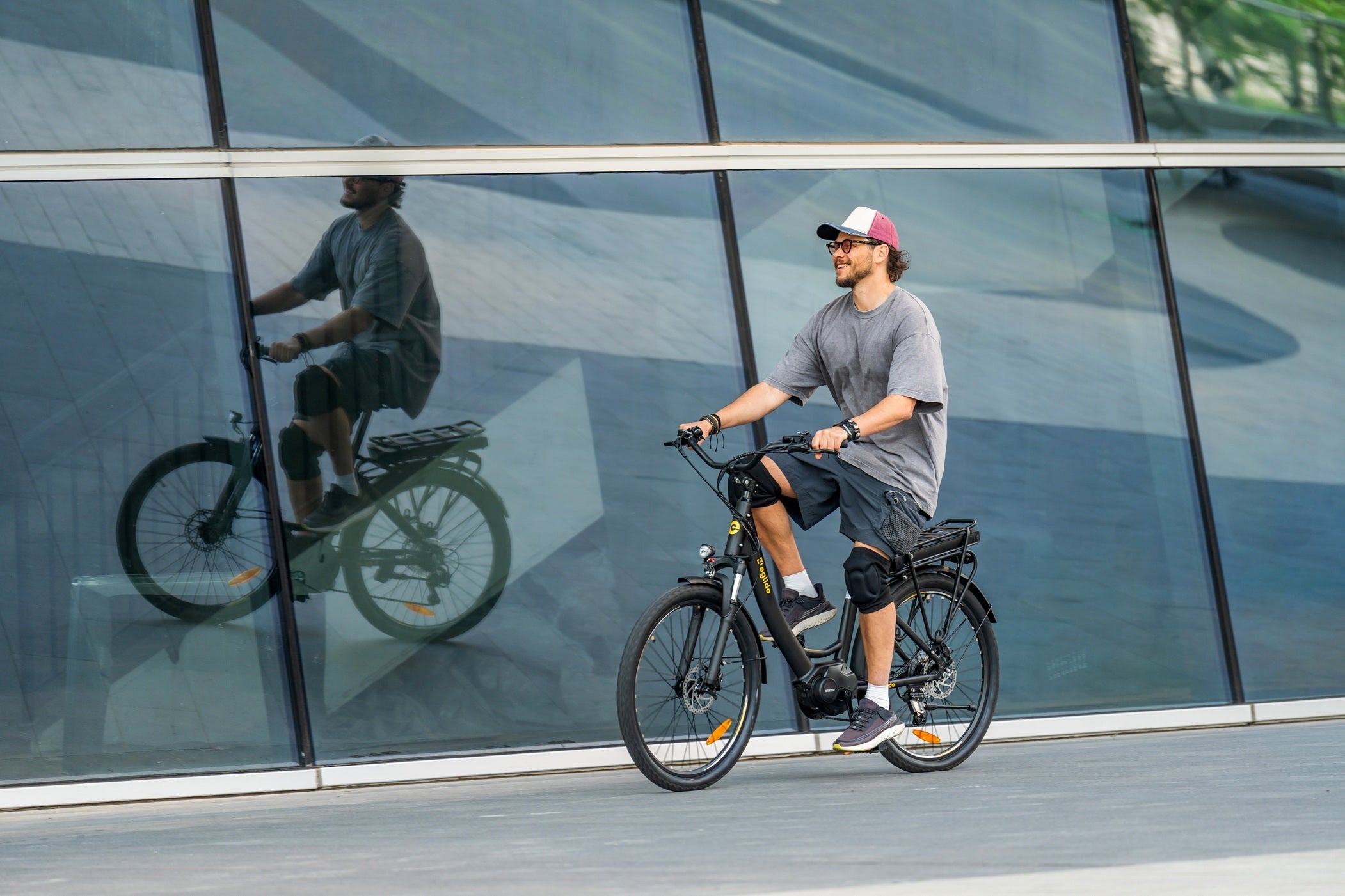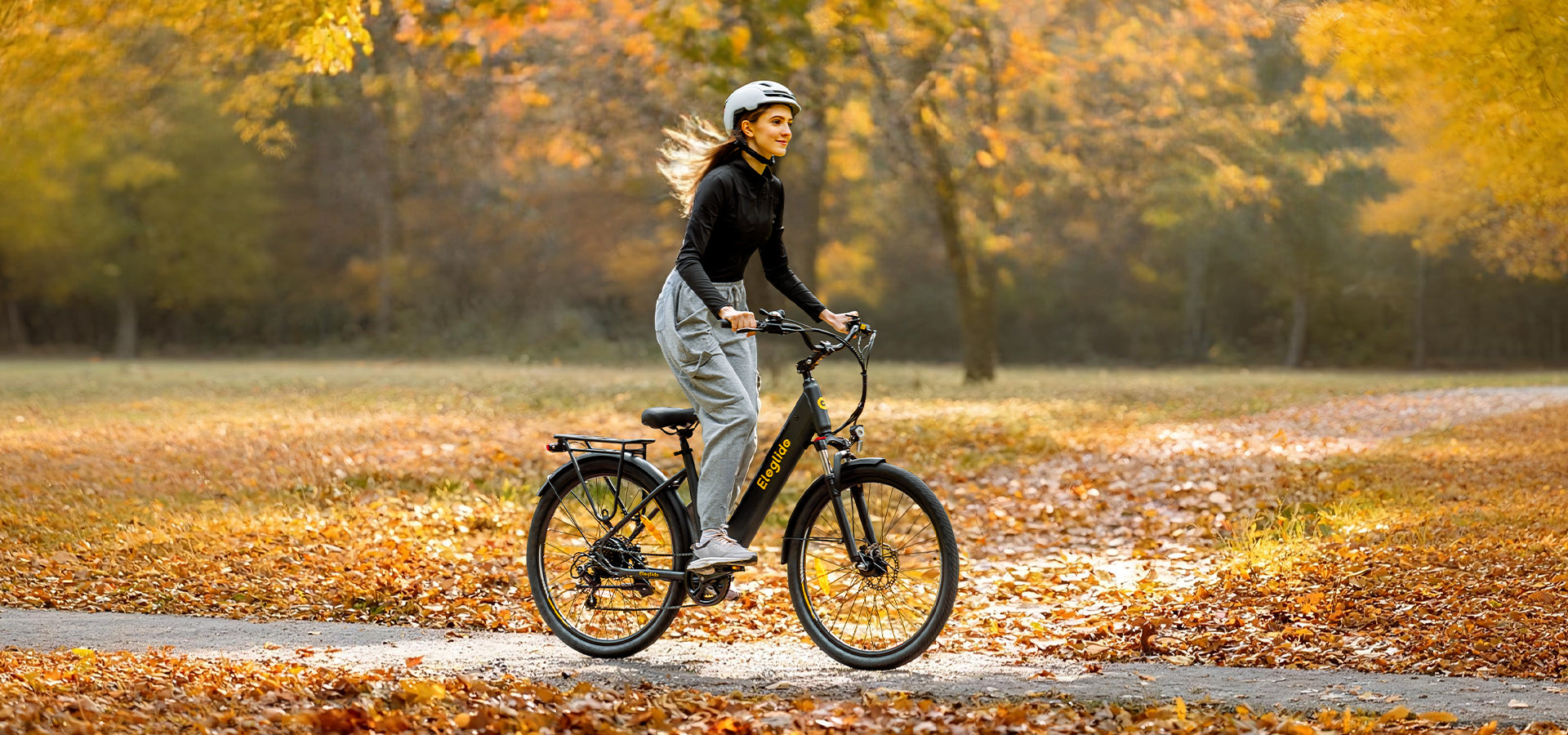There are two main types of e-bike sensors, including cadence sensors and torque sensors that work like a trigger on the bike motor. The sensor sends a signal to the controller to activate the motor and provide power for helping the rider pedal more easily.
Although both types of sensors work for the same intention, they don’t work in the same way, which leads to a very different cycling experience for riders.

A cadence sensor determines how much electric power to propel the bike by measuring how fast the rider pedals. A torque sensor determines this by measuring how much force the rider applies to the pedals using a precision strain gauge.
Compared with the cadence sensor, the torque sensor features lower latency, because it triggers the motor to activate as soon as the rider puts pressure on the pedals, even if the bike is stationary. The cadence sensor, however, can only trigger the motor after the rider provides the bike with a speed.
When riding a torque-driven bike, you can easily get electric power by pedaling with little effort. You’ll always get help from the generator as long as you keep providing force. But when riding a cadence-driven bike, you’ll only get help when you get the pedals rolling. In other words, no matter how much force you apply to the pedals, you won’t get any electric power if you fail to get the pedals rolling.

Riding a cadence-driven bike takes a lot more effort, especially over an uphill ride. When cycling on an uphill slope, you have to pedal harder to keep the cadence-driven bike moving so that you can get electric power constantly. But with the help of a torque sensor, you only need to provide a constant effort to let your bike run smoothly up on the slope. For those who cycle through slopes, torque-driven bikes are going to make their commute ride much more effortless and enjoyable.
With a cadence sensor, the given power is limited to the pedal assist level that you set on the dashboard. No matter how fast you pedal, you won’t get more power than the assist level that has been set. But with a torque sensor, the given power varies as your effort changes. For instance, Eleglide Citycrosser, a torque-driven urban bike, is designed with 5 pedal assist levels, including 20%, 50%, 100%, 150% and 200% assistance. At level 5, your pedaling power will be amplified by 200%. According to the pedal assist ratio, the harder you pedal, the more power you’ll gain.
Furthermore, a torque sensing bike uses less battery power so that your battery doesn’t drain so fast. It provides the power output in accordance with the given pressure, which requires less battery power to cover the same distance since you’re making efforts throughout the ride. Besides, the torque sensing pedal assist system will be sensing how hard you’re working on your entire ride and sending real-time signals to the motor, letting you instantly interact with the engine. Due to the instant interaction, it makes the best use of your every stroke without wasting battery power and offers you a longer range.
From what we’ve mentioned above, you can easily tell that a torque sensor makes a smoother, easier and more comfortable ride. Torque sensing bikes are better for multi-terrain riding. They will make your ride more effortless and pleasant, especially in complex terrain.
If you’re looking for a torque-driven bike, take a glance at Eleglide Citycrosser, a high-quality, affordable and good-looking city bike. Take one home, and it’ll be your great urban riding partner.





Share:
1 comment
nice